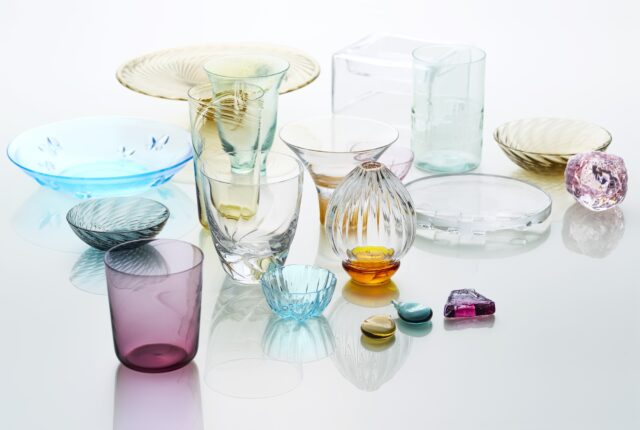“Sonnenglas® EN” Unveiled: A Lantern Integrates Suruga Bamboo Basketry and Solar Technology
New Products VOL.18
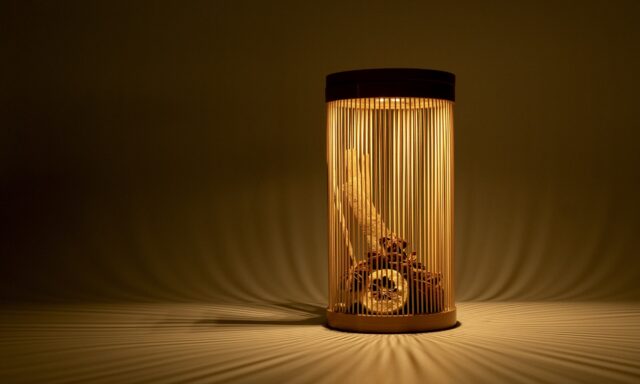

VOL.1-18
Update
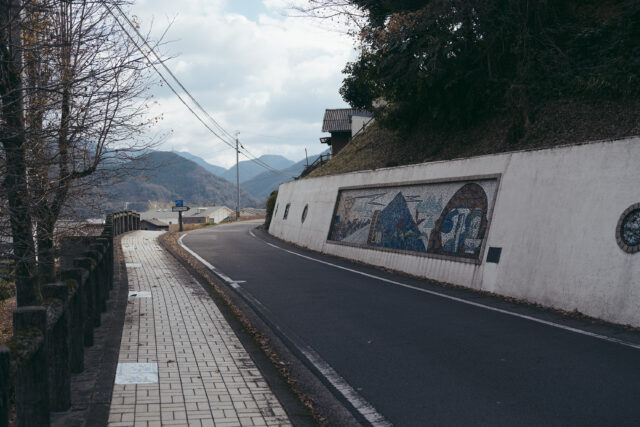
VOL.1-4
Update
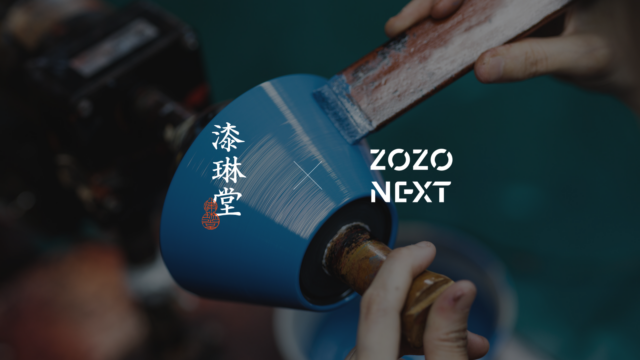
VOL.1-19
Update
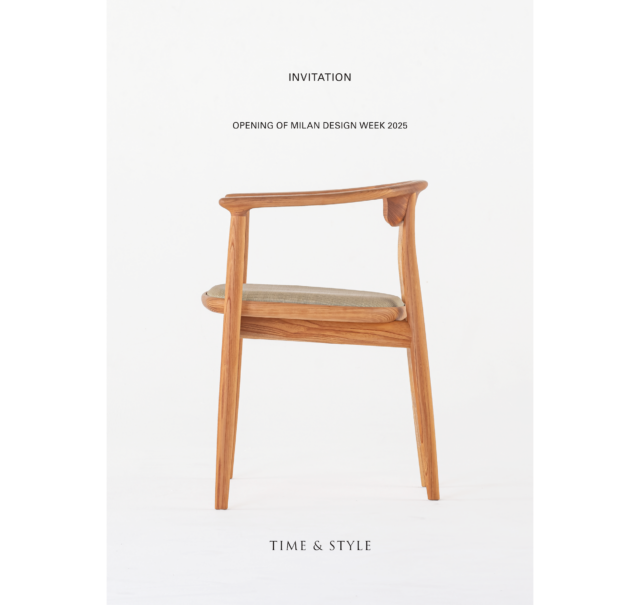
VOL.1-43
Update
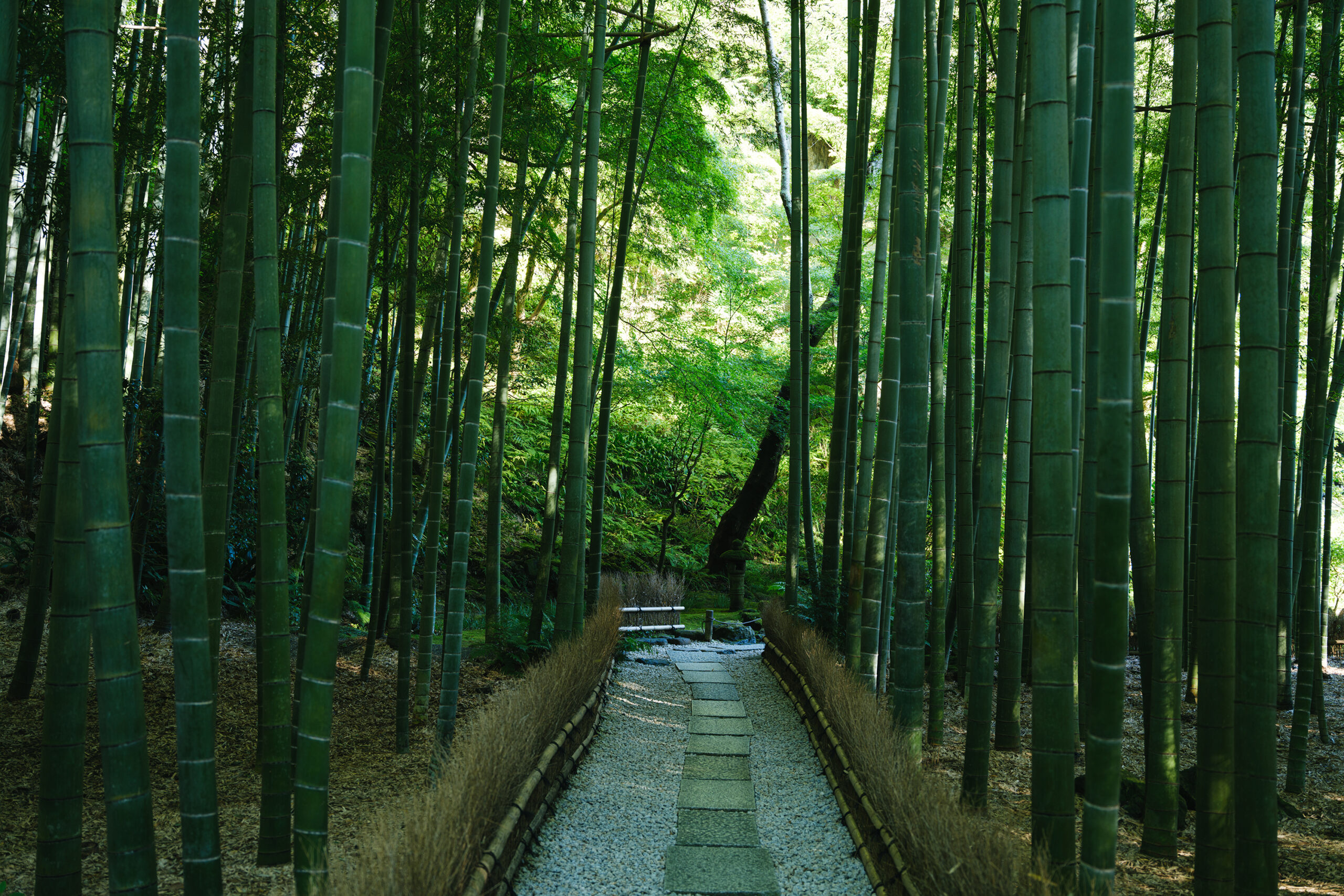
VOL.1-2
Update
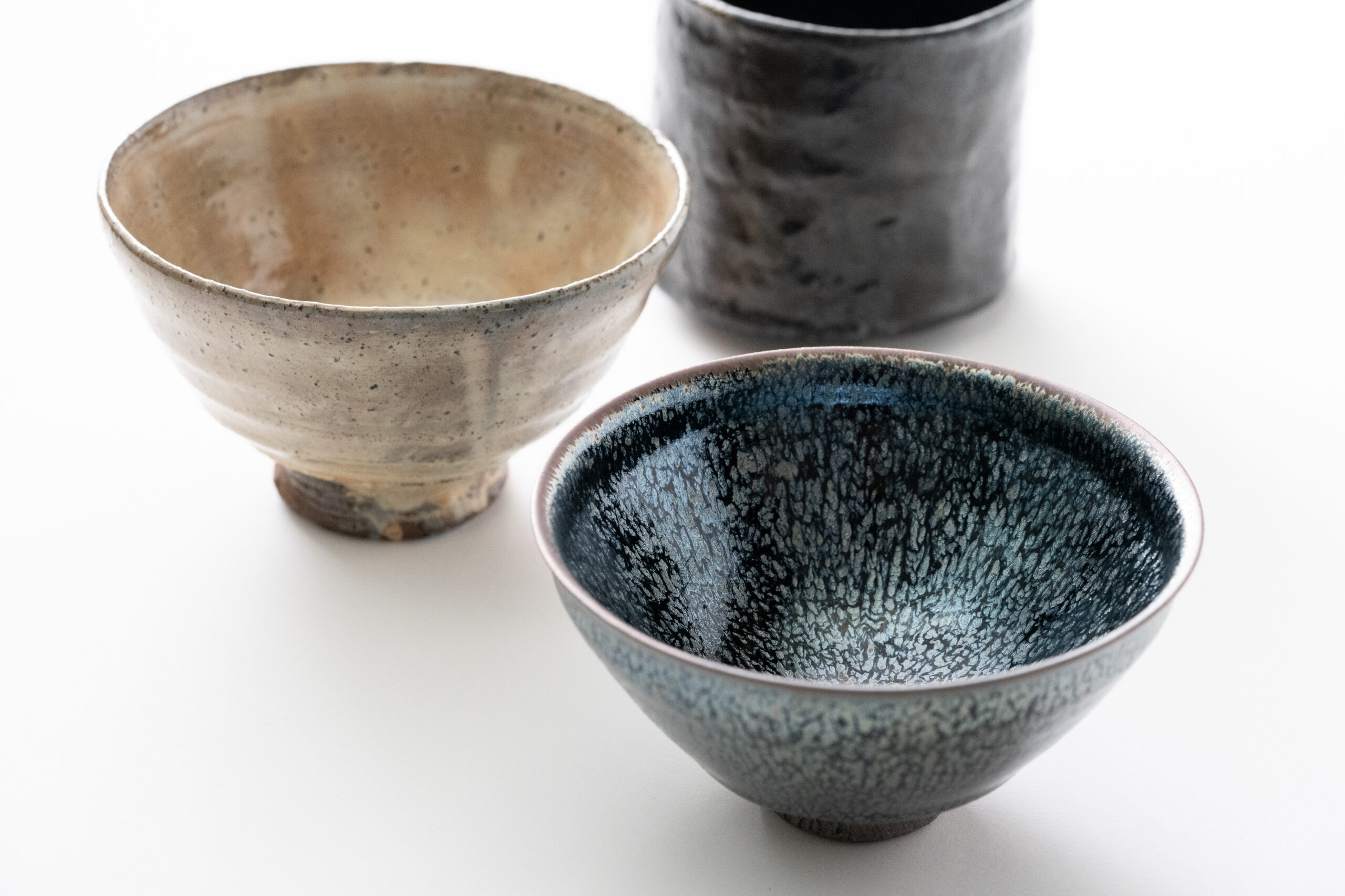
VOL.1-3
Update

VOL.1
Update
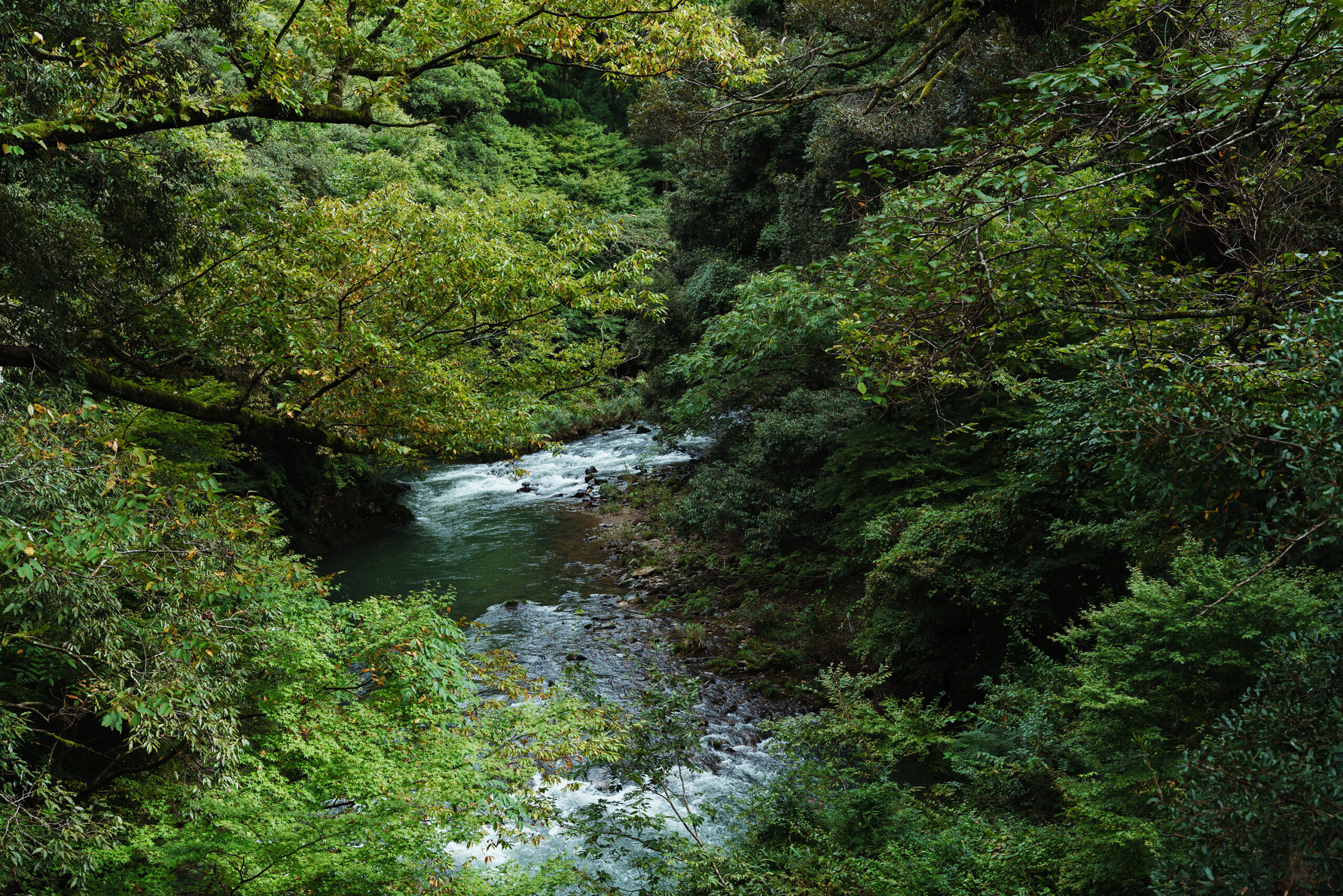
VOL.1-7
Update
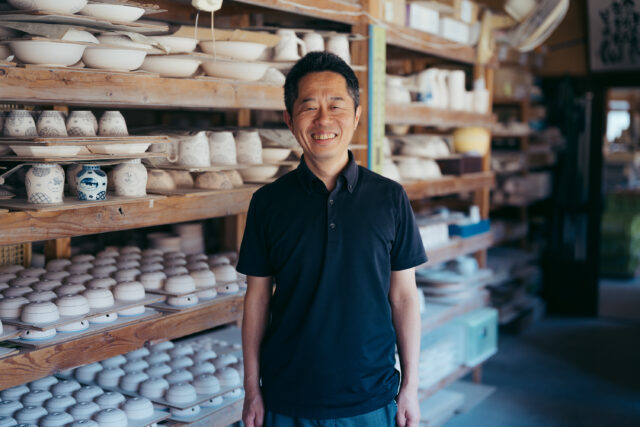
VOL.1-32
Update
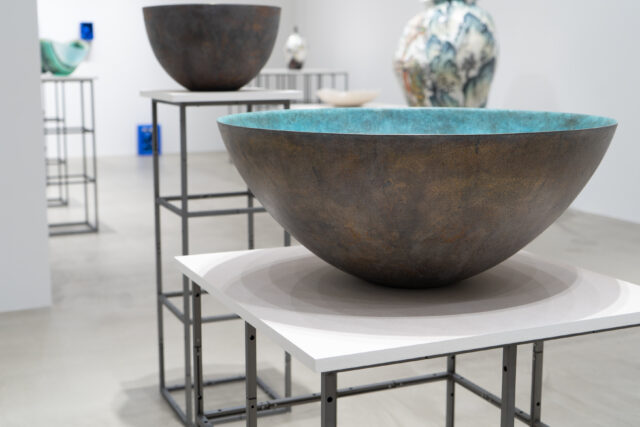
VOL.1-26
Update
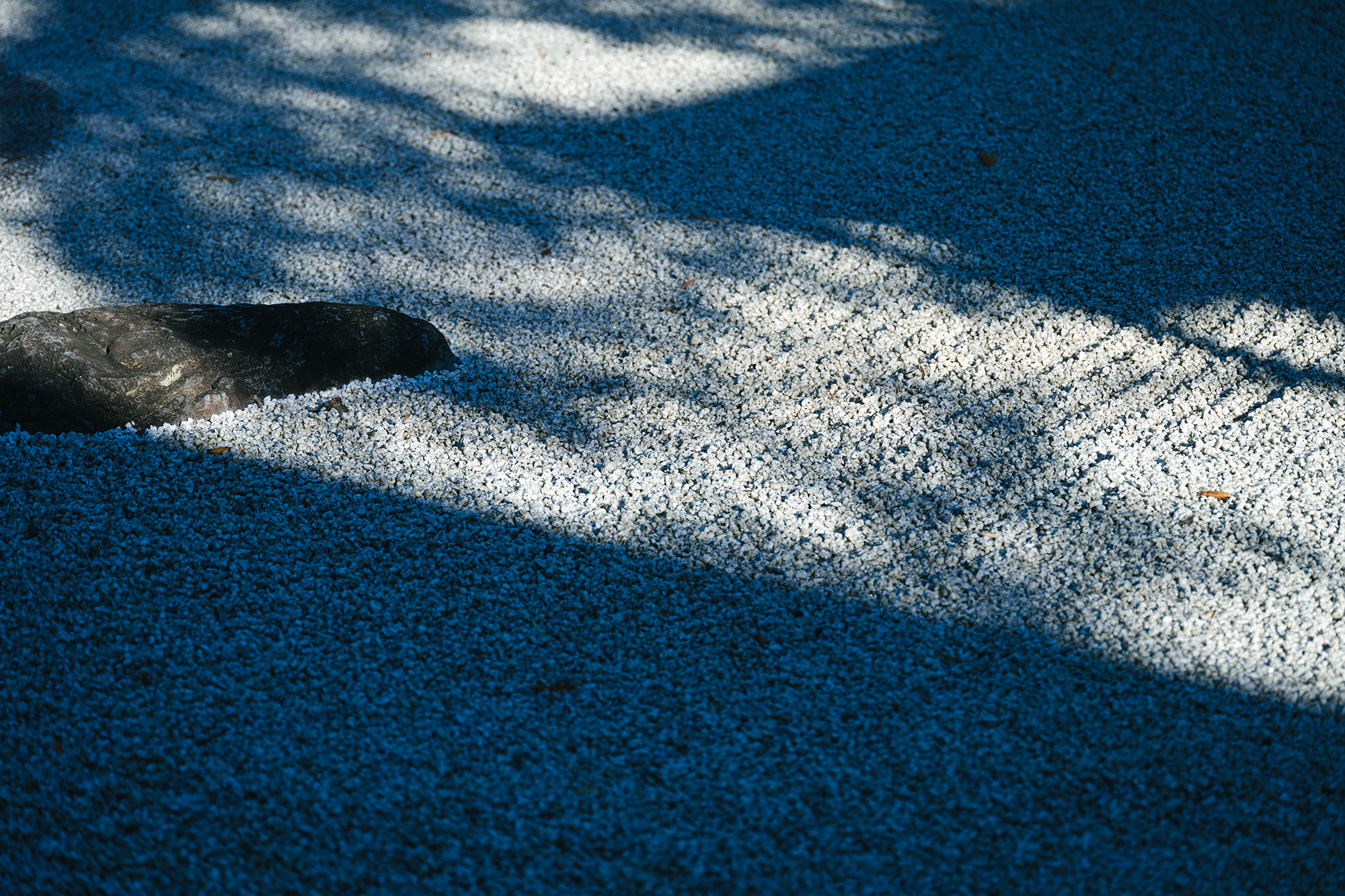
VOL.1-12
Update
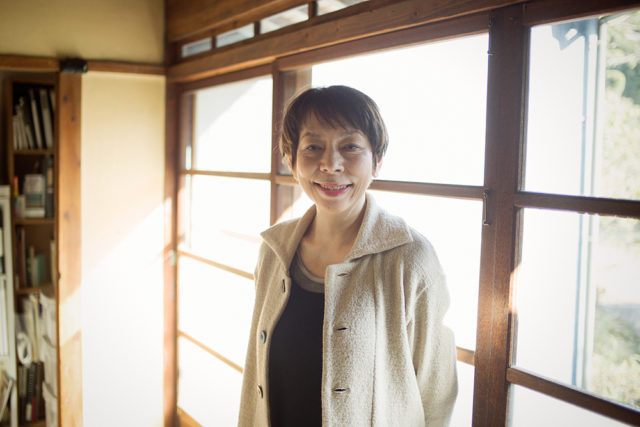
VOL.1
Update
We share a variety of information and perspectives on Japanese crafts, including exhibition information and interviews.
New Products VOL.18
Editor's Column "Craft Production Regions" VOL.4 AD
KOGEI Topics VOL.19
New Products VOL.17
Apr 5 – Jun 22, 2025
SEIKADO BUNKO ART MUSEUM
Apr 19 – Nov 24, 2025
The Museum of Oriental Ceramics, Osaka
Apr 26 – Aug 3, 2025
Raku Museum
Apr 29 – May 6, 2025
KYUSHU CERAMIC MUSEUM

The gentle pale yellow surface of this tea bowl calls to mind a piece of abura-age, a kind of soft fried tofu, and indeed is often called “aburage-de” – an ideal expression for this “Ki-Seto Tea Bowl” by Yu Nishioka. With its thin base, thinly applied glaze, softly splashed green of the modest decorative “tanpan” green copper, and koge scorch marks visible on the kodai (foot) of the bowl as proof that it has been well fired, this exquisite bowl has a well-balanced beauty.
Ki-Seto ware, a style of ceramics which originated in Mino during the Momoyama period (1573-1603), is made by applying an ash glaze to the base in oxidation firing. It is considered extremely difficult to successfully bring out the texture of aburage-de; even with the utmost attention to the thickness of the base and glaze, firing temperature, humidity, and other factors, this texture can only be achieved in a limited area within the kiln. Perhaps because of these demanding conditions, few artisans today are taking on the challenge of producing genuine Ki-Seto works. For Yu, however, that complexity and challenge is precisely the reason for his fascination with ceramic making. His works are now attracting a great deal of attention as he works day and night in pursuit of the ideal expression of Ki-Seto ware.
